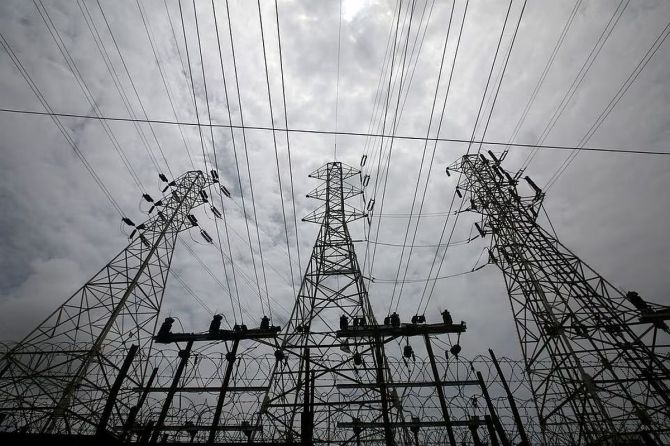The top 50 exposures, amounting to Rs 7.8 trillion, of government-registered non-banking financial companies (G-NBFCs) constitute about 40 per cent of corporate credit within the NBFC sector, indicating concentration risk, according to the Reserve Bank of India’s report “Trend and Progress of Banking in India 2022-23”.

Notably, all the 50 are tied to the power sector, a domain fraught with inherent challenges, the report said.
The report highlighted recognising the escalating systemic importance of G-NBFCs, the Prompt Corrective Action (PCA) framework had been expanded to include G-NBFCs excluding those falling within the base layer.
This extension, set to take effect from October 1, 2024, is contingent upon audited financials as of March 31, 2024, or subsequent periods.
The objective is to enhance the oversight of these entities, fostering a more robust regulatory environment and facilitating prompt corrective measures as deemed necessary, the report said.
The interconnectedness between NBFCs and banks has gone up due to latter’s increased borrowing from the former, according to the report.
As significant net borrowers from the financial system, NBFCs hold the highest exposure to banks.
This is further accentuated by banks’ substantial subscriptions to NBFCs’ debentures and commercial papers, creating a concentrated linkage that warrants attention due to contagion risks, the report said.
Public-sector banks remain the primary lenders to NBFCs, although their market share has been decreasing, with a corresponding increase in that of private banks.
While banks maintain robust capitalisation, the evolving nature of financial markets necessitates a continuous assessment of their exposure to NBFCs, as well as the exposure of individual NBFCs to multiple banks.
The report said the need for a proactive approach was underscored by the fact that, despite the well-capitalised status of banks, the concentrated linkages between banks and NBFCs might pose systemic risks.
Consequently, NBFCs are urged to diversify their funding, reducing reliance on banks to mitigate contagion risks.
In the NBFC sector, the growth of unsecured loans was 28.1 per cent, which outpaced that of secured loans, which was at 11.5 per cent.
Consequently, the share of secured loans in NBFC credit declined from 72.4 per cent at end-March 2022 to 69.5 per cent at end-March 2023, while the share of unsecured loans increased from 27.6 per cent to 30.5 per cent during the same period.
Further, in terms of microfinance institutions (MFIs), which serve the marginalised clientele, the consideration of borrowers’ repayment capacity is paramount, the report said.
With the deregulation of interest rates, certain NBFC-MFIs appear to be enjoying relatively high net interest margins.
As such, there is a call for microfinance lenders to make judicious use of the flexibility afforded to them, particularly in transparent interest rate-setting processes, the report said.
This ensures the benefits of deregulation align with responsible lending practices and contribute to the sustainable financial inclusion of marginalised communities.
The report said approximately 90 per cent of bank lending to NBFCs was for entities rated “A” and above.
The introduction of supervisory-based regulation has ushered in more robust regulatory oversight, considering factors such as size, activity, and risk profile.
Starting November 16 this year, the central bank increased the risk weighting for loans by scheduled commercial banks to NBFCs by 25 percentage points (in addition to the risk weighting associated with the external rating) in cases where the existing risk weighting, in accordance with the external rating of NBFCs, is below 100 per cent.
Looking ahead, NBFCs are encouraged to diversify their funding sources beyond banks.











